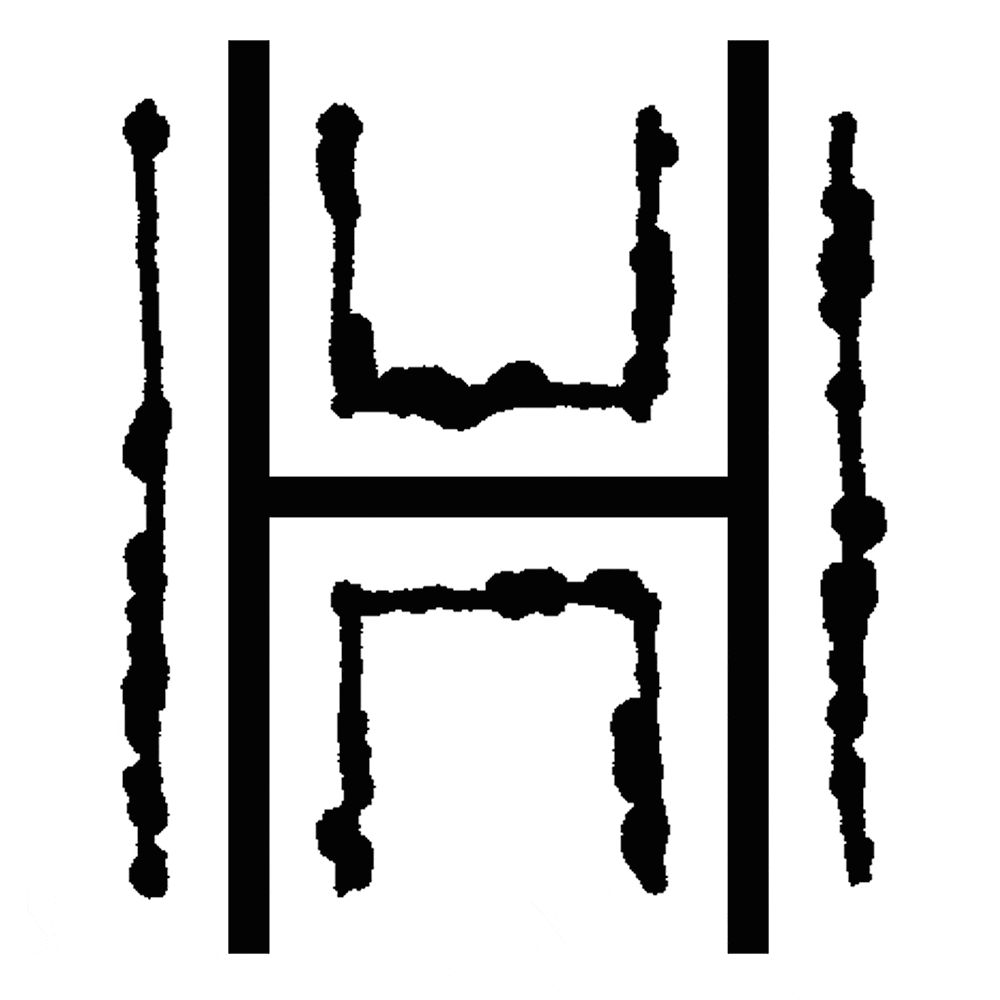It’s Not About Our Process. It’s About Yours.
December 7, 2022 // 5 minute read
Part 1: The Search
You’ve just gotten out of a meeting with your business partners. Or maybe your boss. And you’ve been tasked with a project. It’s big. One that gives your employees a reason to believe, frames how competitors size you up, and, perhaps most importantly, influences whether or not customers want to continue buying from you.
The ask? Finding the right creative partner for your Next Big Thing.
No pressure, right? So you begin poking around the web, looking at work you like and maybe expertise in your industry when…
Hold on! Stop scrolling. This group has a process. A pro-cess! Hey-hey, this feels great! Turns out they’re not just some flakey artists, right? Wait’ll the boss sees this!
I’m going to let you in on a little secret. One those of us in the creative world know and smart clients have long suspected if not spoken out loud.
Ready? (Turning head in both directions slyly…)
All shops, regardless of size, use the same basic approach for their work. You know…The Process.
There, I said it.
Now, The Process manifests itself in many forms. You may find it outlined with numbered steps on a website. It may live in a PDF file with a graphic of some sort. Maybe it’s even been given some sort of name that makes these steps sound scientific and proprietary, like they were cooked-up in a lab, researched to the nth degree and continuously refined over years of trial and error.
Here’s the thing: this structure—The Process—isn’t owned by any one person, company or organization. It’s in the public domain. Heck, it borders on common sense.
Understand and scope the need, conduct research, sketch and prototype, narrow options, create the final product, deliver and/or deploy the work.
Like I said, pretty obvious once articulated.
Part 2: The Quandary (and a Metaphor)
So if this creative process is widely available, if everyone has the same blueprint, why do results vary so much in terms of quality and impact?
Ah…Now we’re getting somewhere. This is the question the savvy ask.
Allow me to compare good design work to delicious food. (I would argue they both stimulate some of the same parts of the brain.) Even though there are plenty of grocery stores and cookbooks, the good restaurants are always full. Why?
Three reasons: ingredients, technique and experience.
Ingredients
Using a few high-quality ingredients can lead to exceptional flavor profiles. Keeping preparation simple reduces busy work and still lays a foundation for success. Talk with your creative partner to determine who or what they may need access to so they can chart an informed way forward from the jump.
Technique
We can all get our hands on the same ingredients (rare truffles notwithstanding), so why can a dish go from gourmet to no-way? Technique informs how we use our ingredients to get the best results. Are we following the right recipe? Do we have the right tools? The right team? This is where technique comes into play. You don’t want your creative entree sent back to the kitchen.
Experience
This is the true magic. Understanding the intuitive solution to deliver something on point. Or knowing when to bend or break the rules to create something unexpected and unique. When a great chef can “whip something up” in a moment, what you don’t see is the decades of experience they rely on to know what to grab (the ingredients) and how to pull it all together (the technique). And, let’s be honest, when visiting a restaurant, sometimes it’s great being catered to.
Part 3: The Ask
So you’re still in a pickle. You need to find a creative partner. How? Yelp reviews?
Here are a few suggestions:
Evaluate Chemistry
Set-up a conversation. Could be over the web or over coffee. People work best with folks they know, like and trust, so reach out to the ones you have a good feeling about. If you can’t stand a 30 minute conversation with them, it doesn’t really matter how talented they are or what their process may or may not be.
Define Success
What do you need to get from the project? From the relationship? Does that fit with what your creative partner wants? If there isn’t alignment and clarity at the start of a project, things tend to get worse, not better. It makes sense to talk things through at the outset and then ultimately capture the basics in writing, even if it’s only some informal meeting notes.
Review Past Work
It is, of course, important to consider the craft and efficacy of past work, especially when there are examples similar in nature to your needs. However, also look at how the story is being told, both by the work overview and during your conversation with the potential creative partner. If they can couple great storytelling (challenge X delivered work Y which led to results Z) with beautiful visuals, they will likely do the same for you.
Chef kiss!
Thoughts? Questions? Let me know.
Elliot Strunk, an award-winning designer with over 25 years of experience, is the Creative Director of Studio H. You can learn more about him here.

